Student archaeologists have uncovered over 50,000 artifacts at the Harrison site, all of which fit into a 1865-1916 occupation date range for the assemblage. These unearthed fragments from the late nineteenth and early twentieth centuries include the ordinary and the extraordinary. In the same deposit of everyday smoking pipes, sheep shears, and leather boot fragments, excavators found numerous ornate goods, including a stylish pocket watch, gaudy “President” suspender clips, and nickel-plated sock garters. We were even able to identify and pull a 100-year-old thumbprint off of one of the fired rifle cartridges uncovered at the site!
Each artifact simultaneously has its own story and contributes to broader stories about Nathan Harrison and the Early American Experience. For example, research into a small “Murine Eye Remedy” bottle found at the site revealed compelling details regarding self-medication, fraudulent snake-oil salesmen, and self-preservation during the Gilded Age. Although one can only wonder how the Murine bottle ended up on Harrison’s patio, its presence readily tied to some of the most prominent aspects of life in the Old West.

Many pieces of this vessel were found in the cabin or close by. Both written and oral history tell of Harrison's connection with his spring and his gift exchange of water with weary mountain travelers.
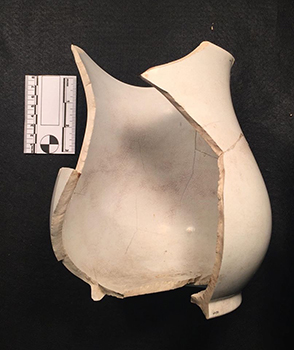
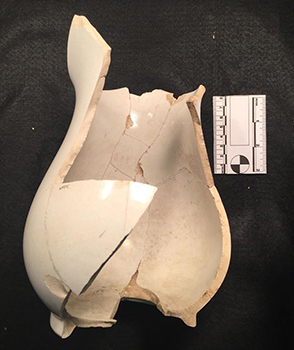
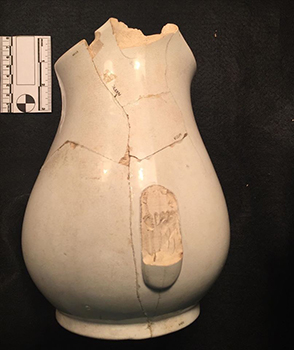
This yellow ware bowl was made to be used extensively. Yellow ware came in a variety of forms, but the most common were mixing bowls and vessels for cooking and baking. These types of vessels were produced from the 1850s to the early 1900s.
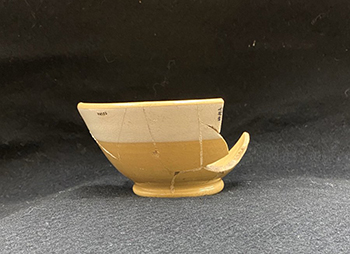
Likely dating circa 1910 based on the bottle morphology (machine-made rather than hand-blown, and with screw-threads instead of cork) to 1929 based on an advertisement introducing the transition to the new wide-mouth bottle.
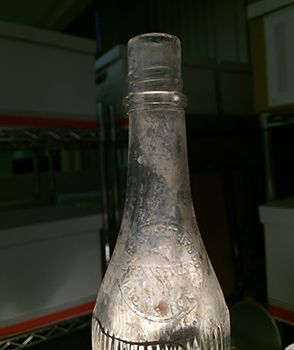
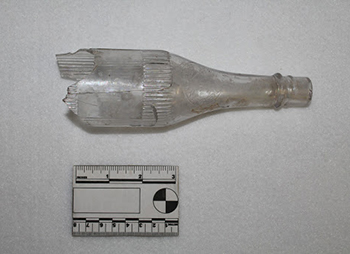
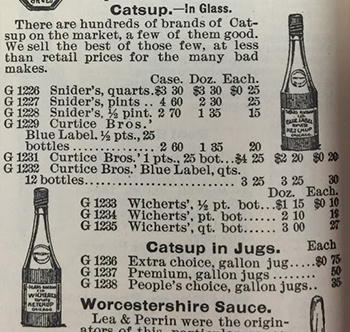
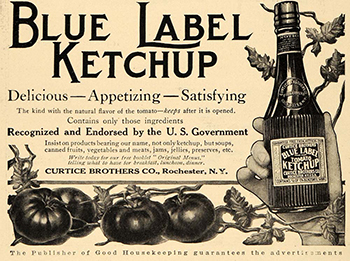
“When Nature won’t, Pluto will” – Emblazoned with a figure of a devil, specifically the Roman god Pluto, this was a popular laxative, bottled from the natural mineral springs in French Lick, Indiana.
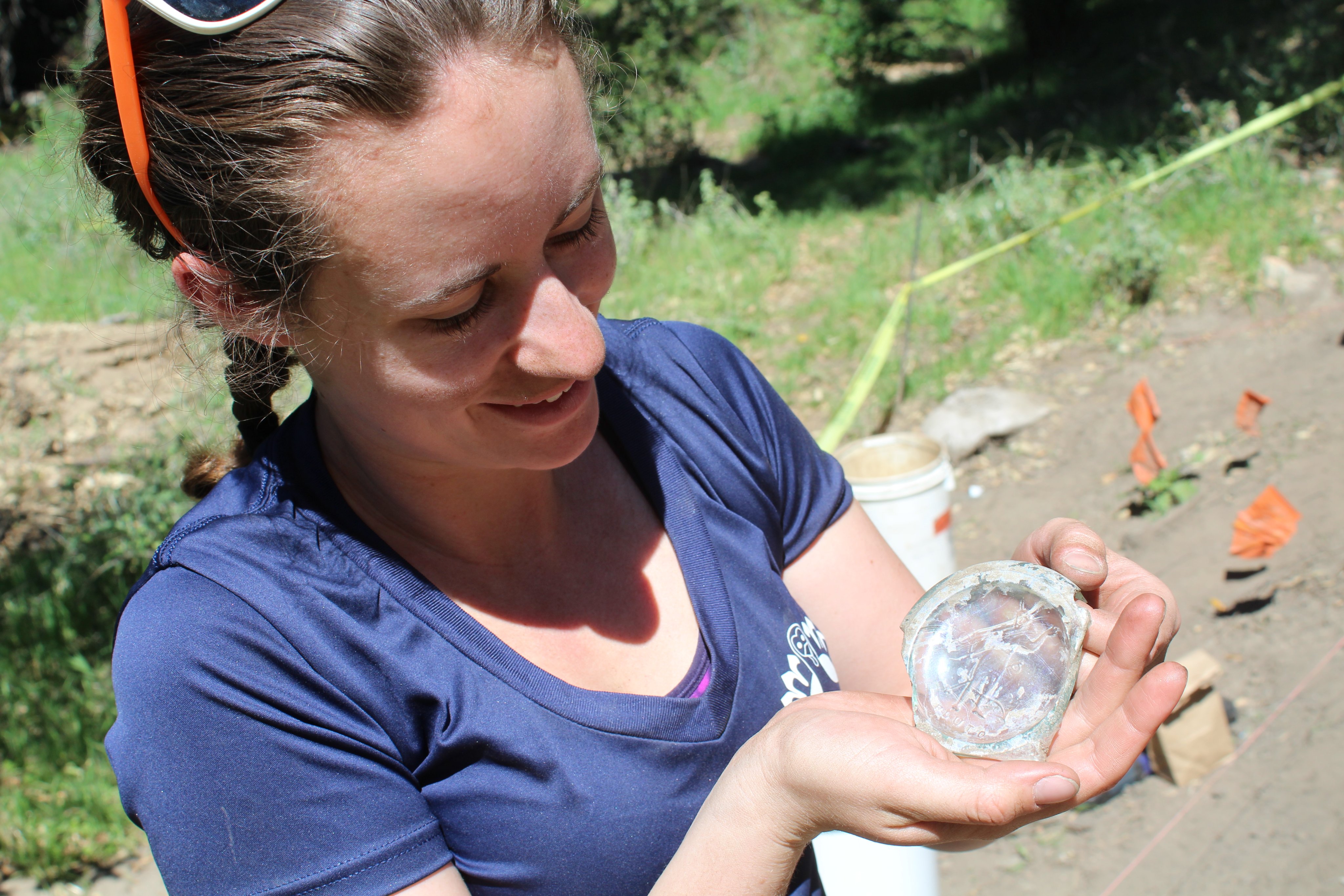
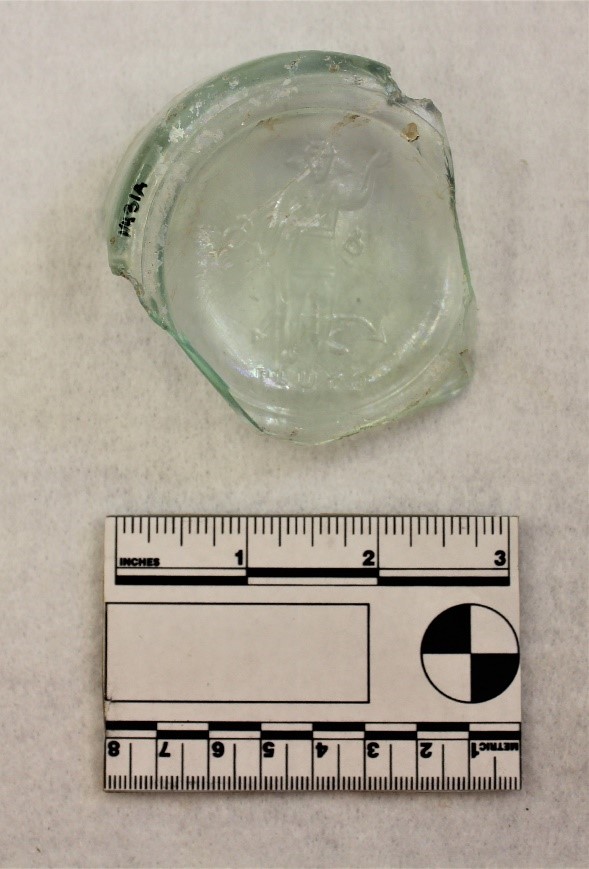
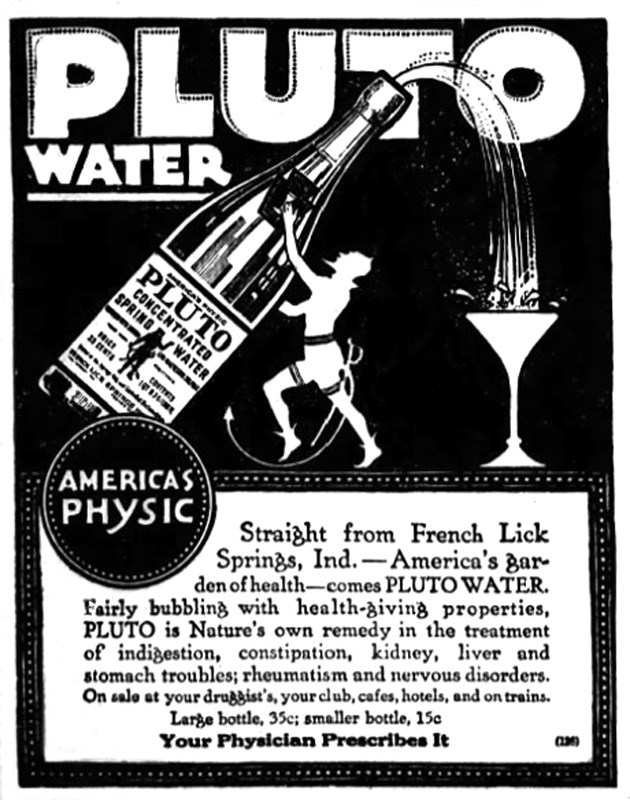
The ability to withstand extreme hot or cold temperatures, and burning clear, bright, and without odor, the most common uses were as candles and as a lubricant for fine machinery such as sewing machines, watches, and clocks.
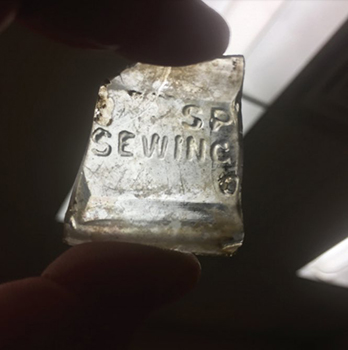
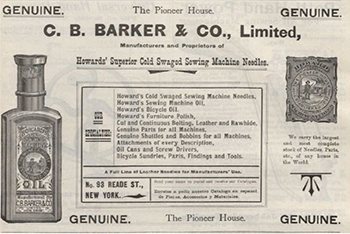
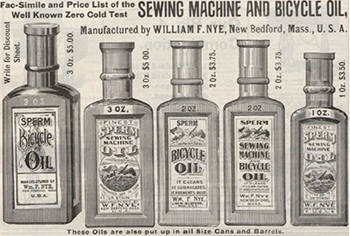
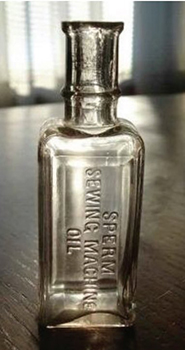
The shift to kerosene resulted in products that emitted more light and spawned an economic and cultural revolution in America. More accessible light translated to more productivity and longer hours of activity.
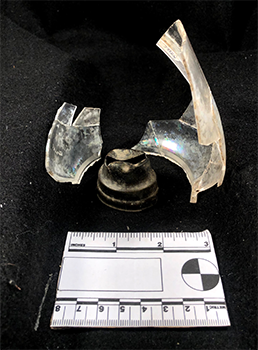
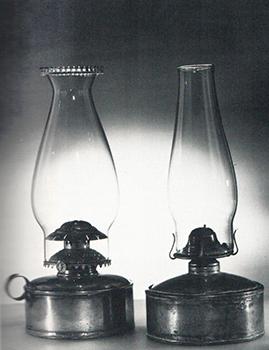
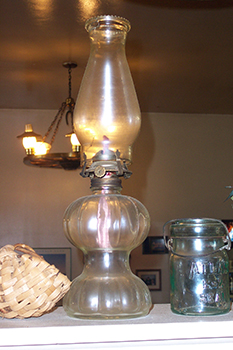
Pale green in color and the letters “GO DRY ENGLAND” embossed on its side, this bottle dates to the late 19th and early 20th centuries. There are multiple accounts of travelers bringing Harrison alcohol as gifts for the water he gave.
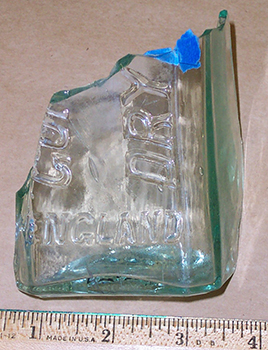

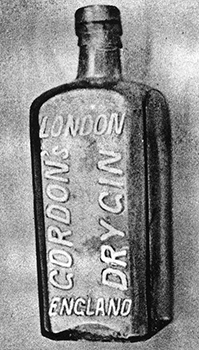
These were one of the most common cans found at the Harrison site. "Sardine" was a general label for small, young, silvery fish. These small rectangular cans were produced with a wire piece of metal called the "key" that would wind back the lid.
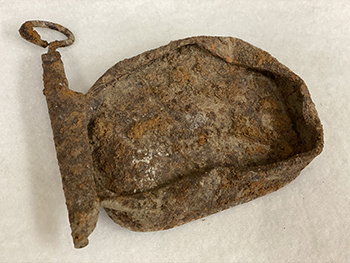
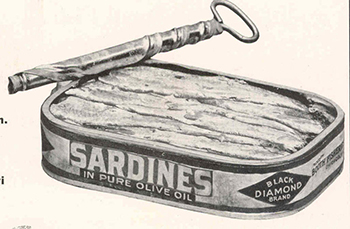
Invented by Pierre Albert Raymond who patented them on June 11, 1889, these were touted as a superior technological advancement in that they made sewn-on buttons and buttonholes obsolete. These are only 3 of the 223 buttons from the site!
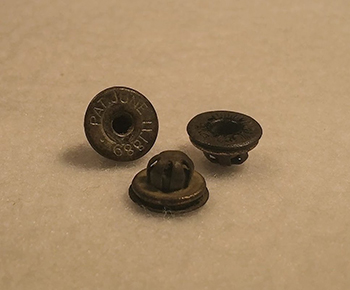
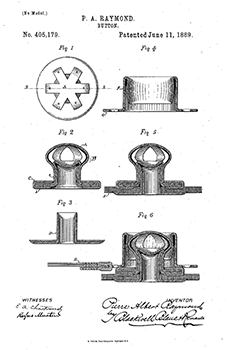
This artifact is still unidentified by our team. The main body is made of iron, it has a copper washer attached, and a threaded tip. What do you think it could be?
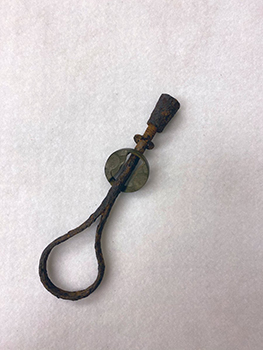
This type of ladle was used to melt metals over a hot fire. An arrastra, a mill designed to grind ore while searching for precious metals, was found south of Harrison’s cabin. (See illustration of an arrastra below) This could have been used to melt any metals that were processed there.
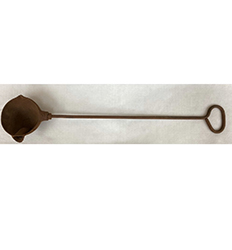
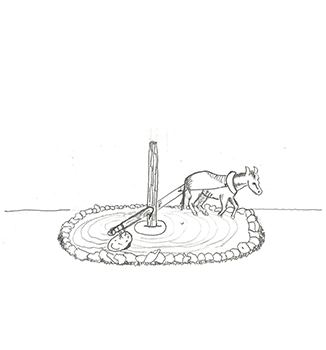
Five bottle caps were recovered at the Harrison Homestead, along with three fragments of bottle caps. Early bottle caps contained 24 teeth around the rim - this number decreased to 21 after the creation of automatic bottle capping machines.
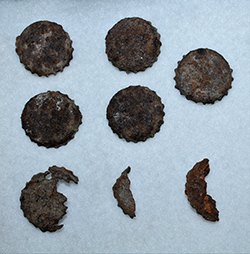
This artifact is still unidentified by our team. What do you think it could be? Comment below with your guesses!
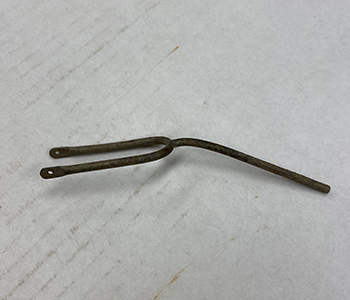
This perplexing piece of foil belonged to a McBrayer Sour Mash Whiskey bottle. First distilled in 1844, this award winning whiskey was a very popular high class beverage.
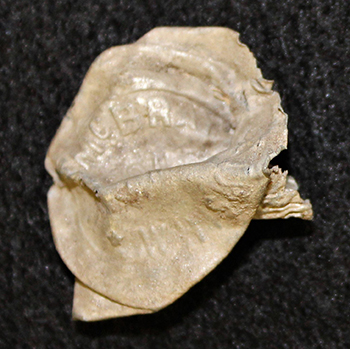
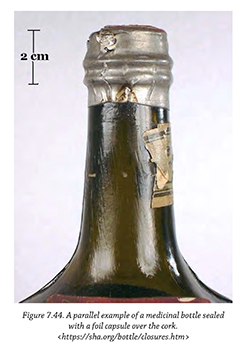

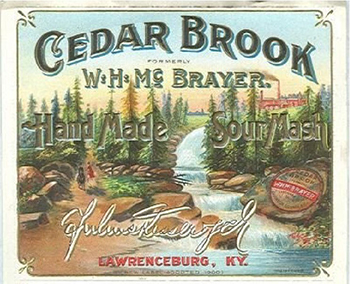
The 1897 Sears Roebuck & Co. Catalogue included specific mention of both the “nickel band” (top right) and the “highly polished nickel covered spring attachment silver cap [wind cover]” (second from bottom on the left).
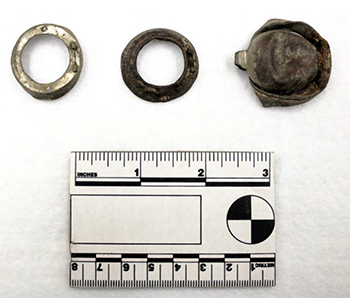
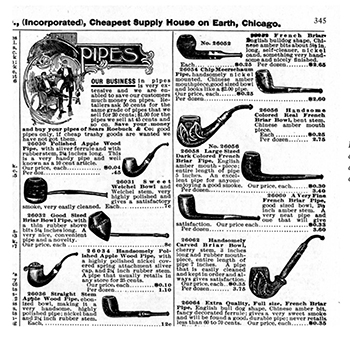
This artifact is still unidentified by our team. Measuring at only about 1/2 an inch, what do you think it could be? Comment below with your guesses!
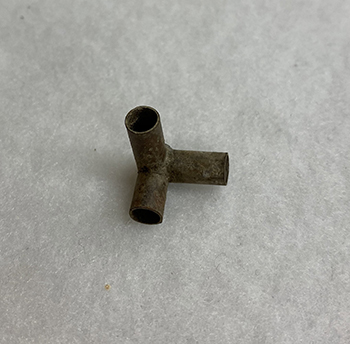
The vast majority of the thousands of animal remains from the Harrison site were identified as belonging to sheep. The two butchered bones here, a right femur and the right half of a pelvis, show evidence of meat removal from normal butchering.
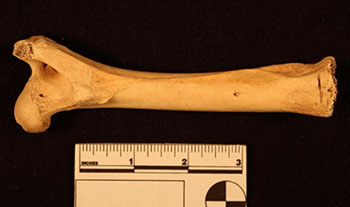
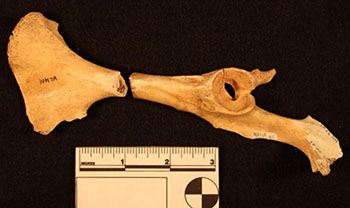
Researchers were able to deduce that these bones belonged to a bobcat. Bobcat are endemic to Palomar Mountain, and researchers believe that Harrison regularly protected his flock from them.
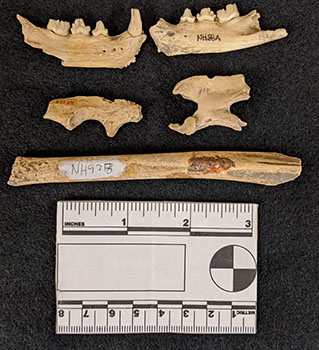
Pork steaks were a common food item in the late 19th and early 20th Centuries. Excavators found two pig humeri that were likely parts of pork shoulder steaks.
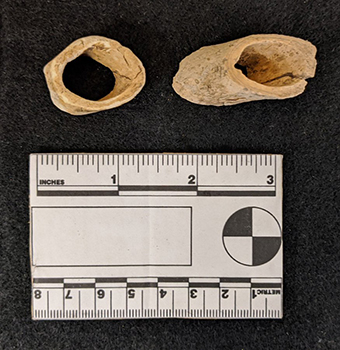
This cow jaw shows evidence of multiple cleaver blows and a final breaking point. These marks, along with other cut marks, are likely from when the skull was broken down.
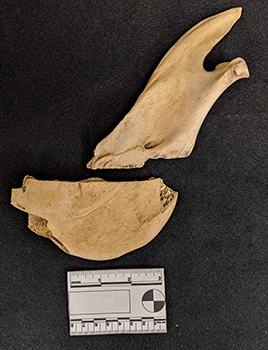
Researchers were able to identify dozens of bones that came from the feet of pigs. These were likely sold as pig’s trotters for the purpose of making stocks and gravies.
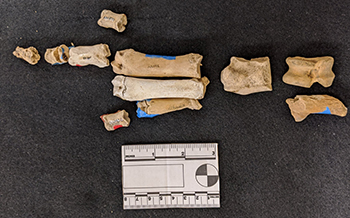
This cow scapula shows evidence of butchery by sawing. This bone was likely part of a shoulder roast, one of the cheaper cuts of meat common in the late 19th and early 20th Centuries.
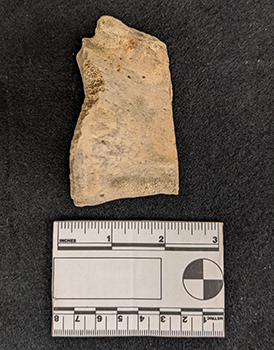
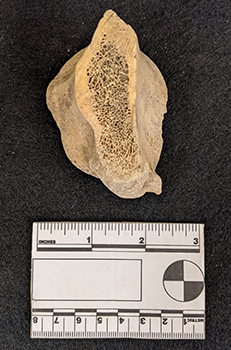
Made from sepiolite, a type of soapstone, this popular variety of smoking pipe was first created in the early 18th century. A listing for this pipe bowl was found in The Very Best English Goods.
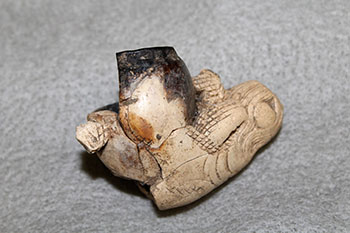

The Eastman Kodak “Brownie“ was the first inexpensive and portable camera. Designed by Frank Brownell in 1900 to boost film sales, the camera proved to be durable and reliable.


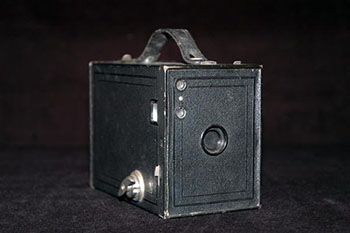
Although the comb resembles bone, its surface has a glossy brown, tortoise-shell color. The engraved line running along the top of the comb and the even spacing of the tines reveals that this comb was mass-produced.
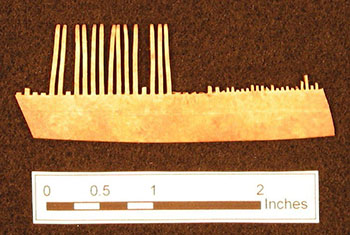

This synthetic pen cap has an attached metal clip embossed with “K-CLIP PAT FEB.12.07.” Victor Leaton Ochoa patented a pen and pencil clip for securing the writing utensil to the pocket and later sold the patent to the American Pen & Pencil Co. in 1907.
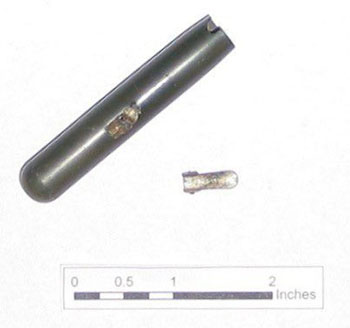
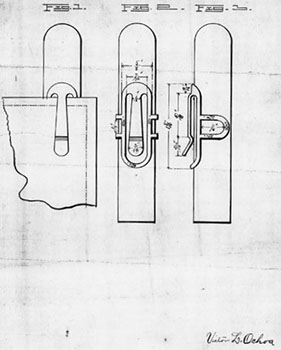
Copyright © 2023 - All Rights Reserved | Document Reader